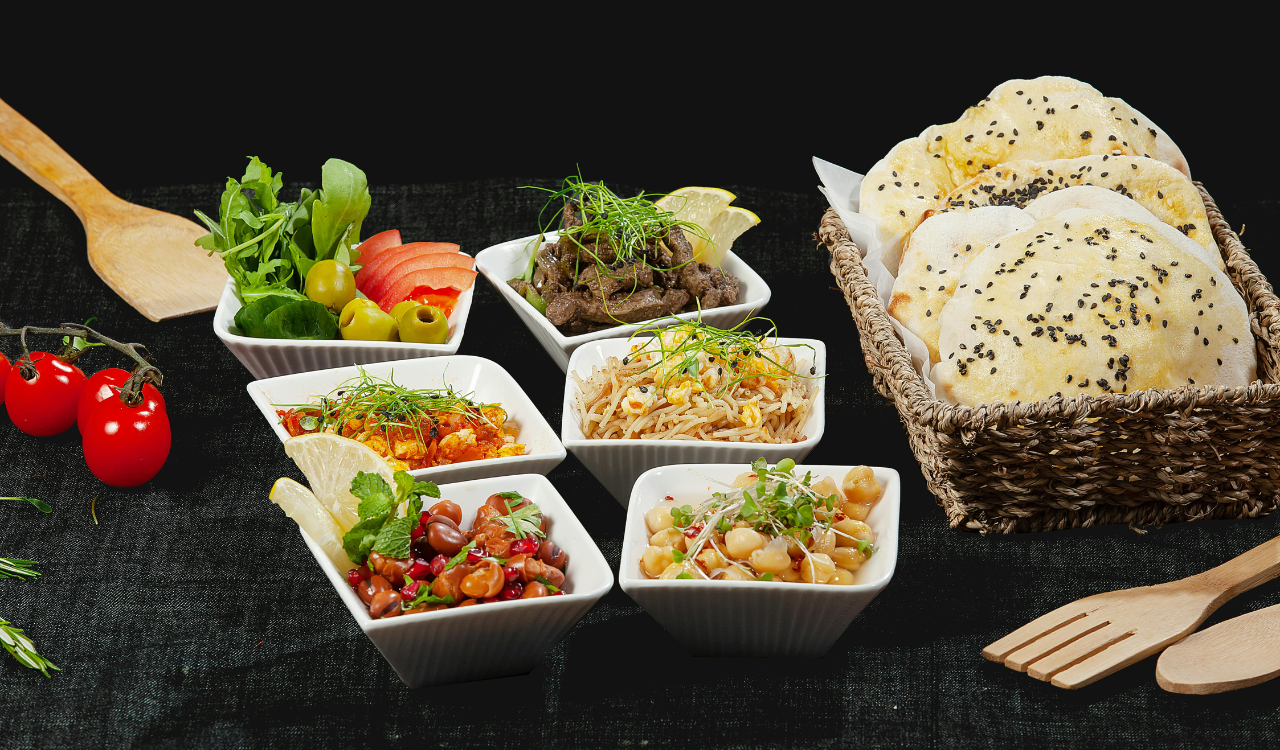Food Label Terms Americans See Often And What They Really Mean

Food packaging can be perplexing, particularly when marketing jargon makes it difficult to distinguish between fact and fiction. Labels like “natural,” “organic,” or “no added sugar” are frequently used by consumers to help them make better decisions, but what do they really mean? Are they subject to regulations? False? or beneficial? In order to help you shop more wisely and eat with confidence, this guide deconstructs eight terms that Americans commonly see on food labels and provides straightforward, honest explanations.
1. Natural
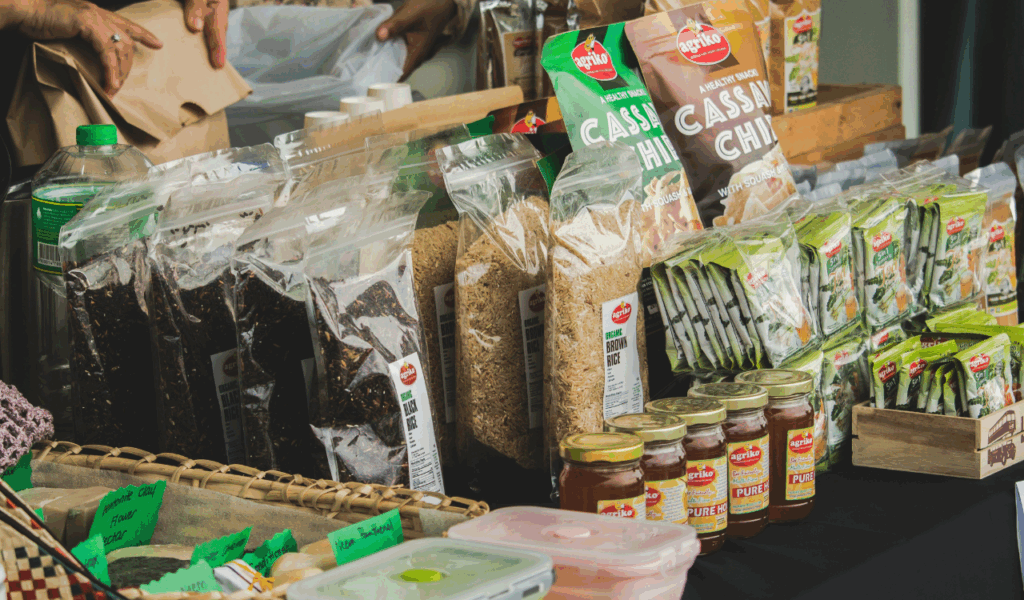
Granola bars and flavored water are just two examples of products that use the word “natural,” but its definition is surprisingly ambiguous. The Food and Drug Administration (FDA) in the United States does not have a formal definition for “natural” in the majority of food contexts. Although it generally indicates that the product is free of artificial flavors, colors, and ingredients, it does not ensure that the food is organic, healthful, or minimally processed. To get a better idea, always look at the ingredient list.
2. Organic
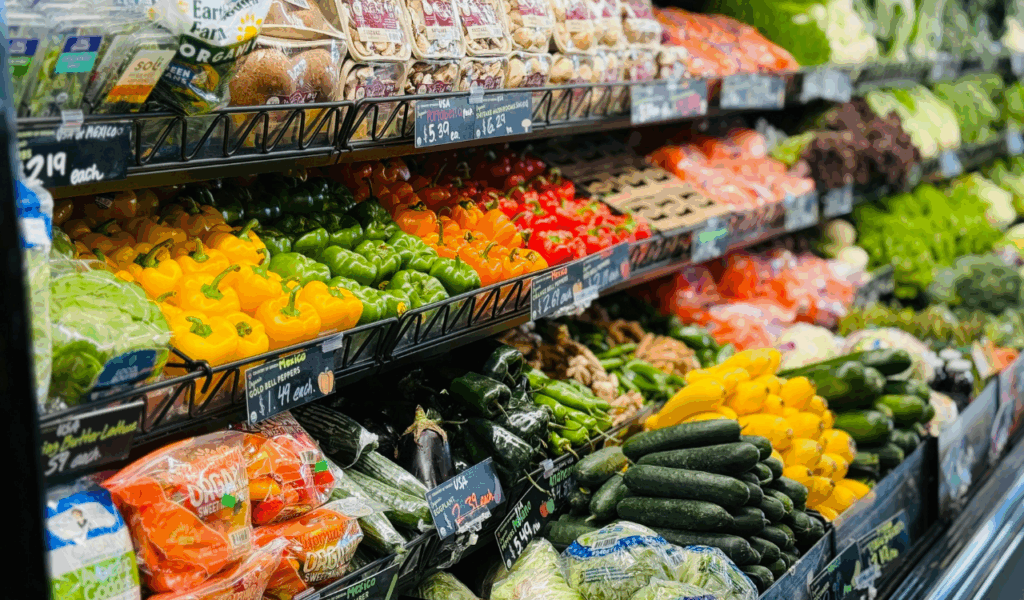
“One of the most tightly regulated terms in food labeling is “organic.” The USDA Organic seal in the United States indicates that the product was made without the use of artificial fertilizers, pesticides, genetically modified organisms (GMOs), or antibiotics (for meat and dairy products). Additionally, there are differences between “organic” (at least 95% organic ingredients) and “100% organic” (all ingredients are organic). Organic food frequently reflects particular farming methods, but it doesn’t always mean it’s healthier.
3. Non-GMO
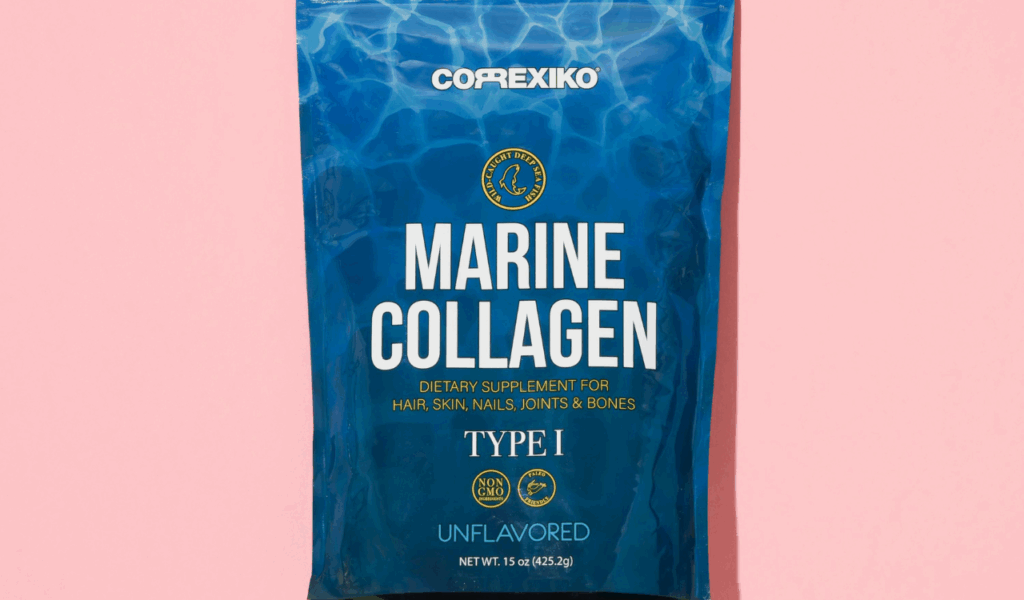
When a product is marked as “Non-GMO,” it means that it doesn’t contain any ingredients that come from genetically modified organisms. A third-party organization, such as the Non-GMO Project, typically certifies this claim. It’s crucial to remember, though, that not all GMOs are bad, and many international health authorities consider foods that have been approved to be safe. However, this label can serve as a useful guide for consumers who would rather not have genetic engineering in their food supply.
4. No Added Sugar
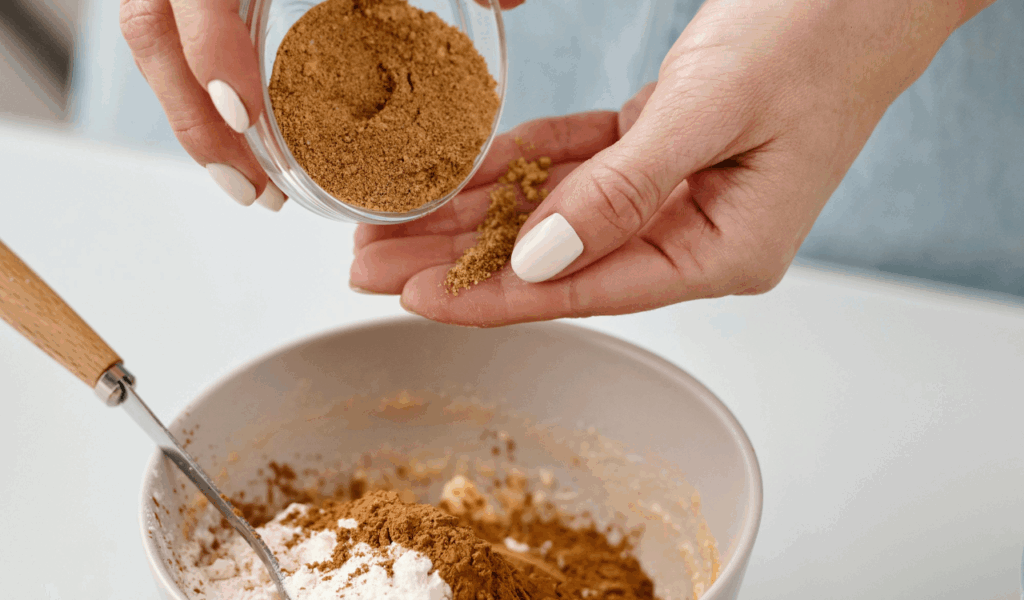
“No added sugar” indicates that no sugars or substances containing sugar were added while the product was being processed. It does not, however, imply that the product is sugar-free. Sugars are found naturally in foods like fruit, milk, and even some vegetables. This label merely states that no artificial or natural sweeteners were added. Although it helps people keep track of how much sugar they consume, it’s still crucial to read the nutrition label to fully comprehend the sugar content.
5. Low Fat
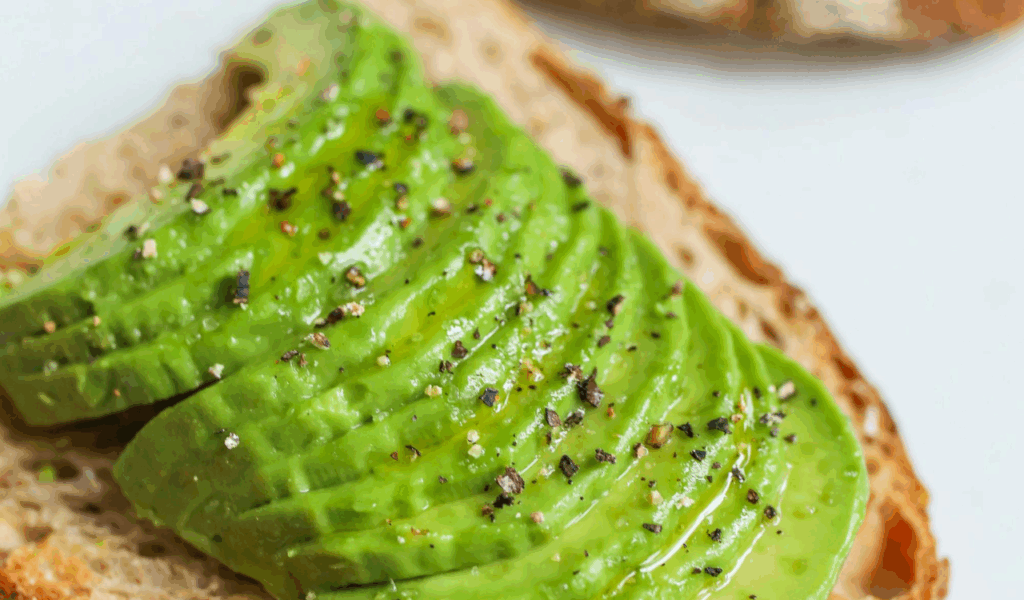
According to the FDA, a product is considered “low fat” if it has 3 grams of fat or less per serving. Although this seems like a healthy option, low-fat does not always equate to low-calorie or low-sugar. In actuality, some “low fat” products add more sugar or starch to make up for the lost flavor. The type of fat and the overall balance of your diet are more important than the fat itself, which isn’t always bad. This label should be used as one of many tools, not as a definitive judgment.
6. Cage-Free
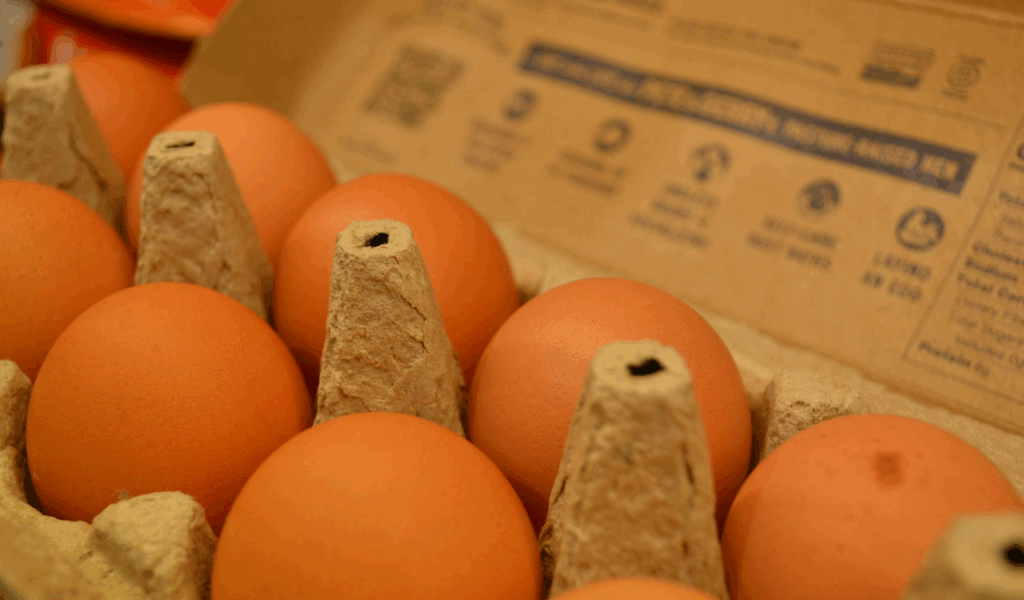
Hens that lay eggs but are not kept in cages are referred to as “cage-free.” It does not, however, imply that they live in large spaces or roam the outdoors. The majority of birds without cages are housed indoors in open barns, which still restricts their range of motion. Although cage-free production is frequently seen as an improvement over traditional caged production, it does not ensure the same level of animal welfare as “pasture-raised” or “free-range” production. For greater clarity, look for third-party certifications related to animal welfare.
7. Gluten-Free
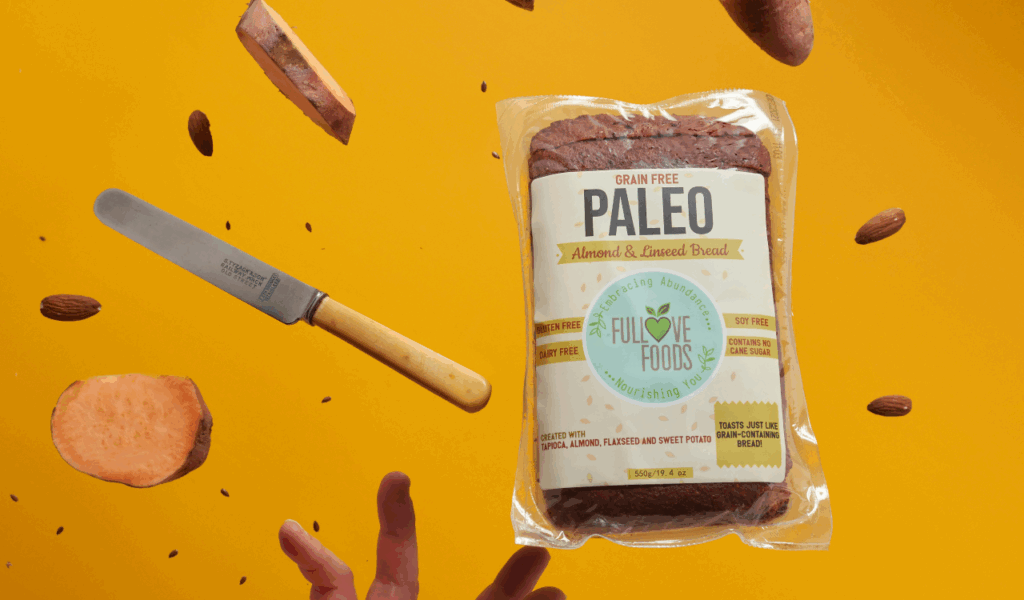
According to the FDA, a product is considered “gluten-free” if it contains fewer than 20 parts per million (ppm) of gluten. People with celiac disease or gluten sensitivity must avoid gluten, a protein present in wheat, barley, and rye. However, a product is not always healthier just because it is gluten-free. Many gluten-free snacks still contain a lot of refined starches or sugar. Instead of assuming it’s a better option, always check the ingredients and nutrition facts.
8. Made with Whole Grains
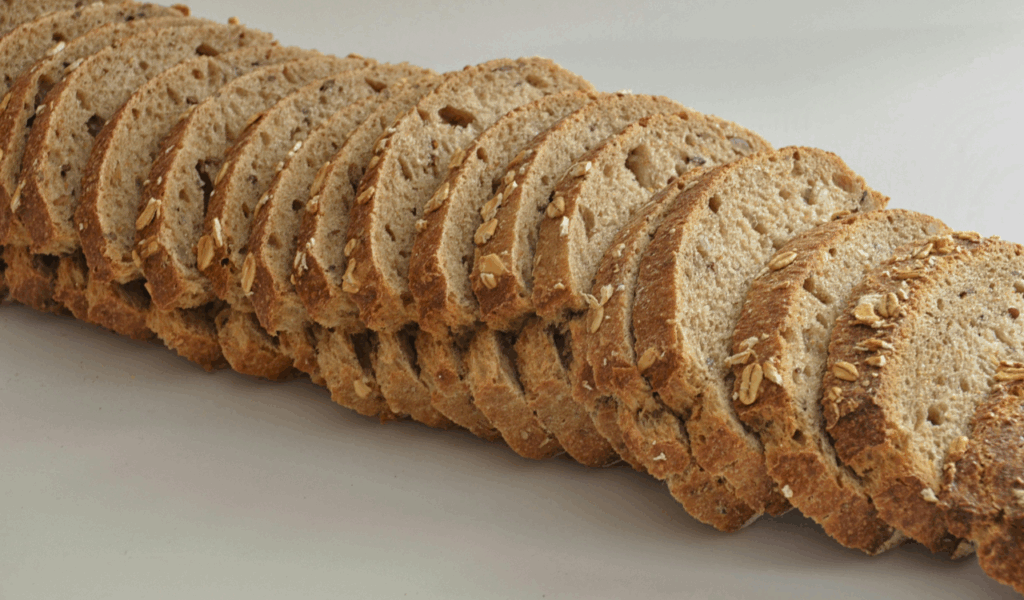
The phrase “made with whole grains” on a package does not always indicate that the product is mostly whole grain. Only a tiny portion could be made of it; the remainder would be refined grains. Look for “100% whole grain” on the label or see if a whole grain is listed first in the ingredients list to make sure you’re truly getting the benefits, such as more fiber and nutrients. If you’re not paying close attention, this claim may be deceptive.




